By Nick Taylor
Around 8:46 on the bright, cool morning of September 11, 2001, our house shook as a jet roared low and close, heading south. Then I heard a loud, dull “thump” that sounded like a bomb exploding underwater. What could that be? I thought. A military exercise?
That’s exactly what it was, for the al-Qaeda terrorists who attacked America that day. Nobody knew that in those harrowing first moments. When, in the twenty years since, did we begin to question the blood and treasure we kept spending in response? And how could we have imagined, in their wake, that the next people to attack America would be Americans?
Minutes later on that morning, someone rang our buzzer from the front door down below. One of the men on his way to work on our apartment renovation said frantically, “A plane just hit the World Trade Center!” I ran downstairs and followed Stephen Famelos a half block to Bleecker Street. We turned west to Seventh Avenue and joined a gathering crowd at the southwest corner of Bleecker and Seventh. Everyone was looking south. Flames licked out from a big scar near the top of the Trade Center’s North Tower.
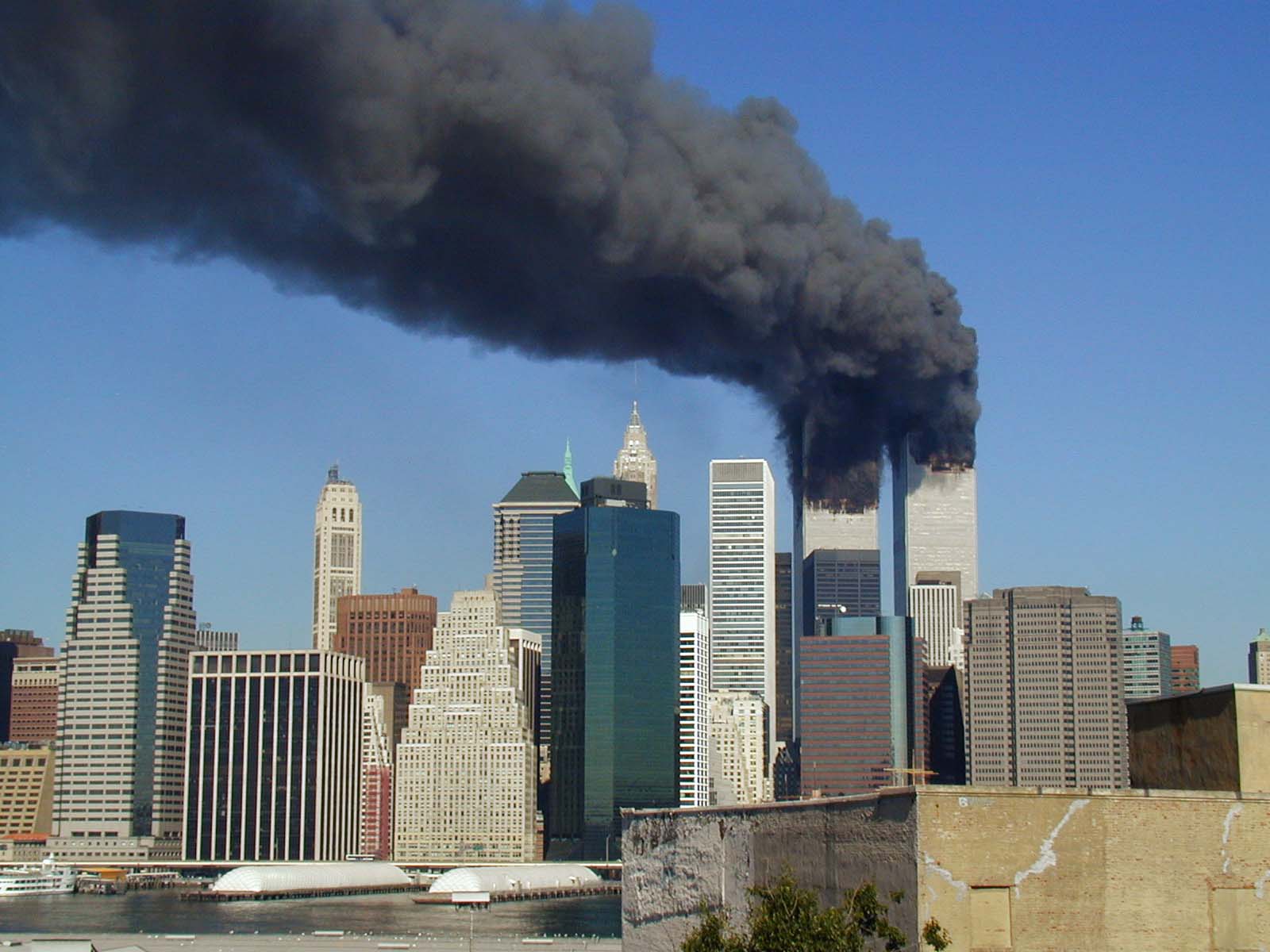
I ran home again. Barbara was getting dressed and on the radio, excited voices were talking about what I had just seen. It was a Tuesday morning, a mayoral primary election day, and we were going to vote before she left for work at WWOR-TV across the river in New Jersey. Now she called her station and said she was going to the scene. “I need your help,” she told me.
I had on cargo shorts and a T-shirt. I slung a bag of her gear across one shoulder and slipped into flip-flops when we got downstairs.
We walked downtown on Seventh Avenue, the binoculars around my neck banging on my chest. Smoke drifted east from the scarred building against the clear sky. I’ve wondered why I didn’t take a camera. We had analog cameras then. Thinking back on what we saw, I wouldn’t want to look at it again.
We crossed Canal Street. Now we walked against streams of people heading north, away from the towers. No one else was walking south, but we heard sirens of police cars, fire trucks and ambulances. We could only see the North Tower; we didn’t know another plane had flown into the South Tower.
The police were starting to close off access to the area around the towers, but Barbara showed her press card and we went through. We got to Vesey Street, just a half a block from the North Tower. Some off-duty police detectives ran up and joined us. Ninety-nine stories overhead, a commercial jet’s nose was buried in the building. Its tail jutted from the broken wall. Binoculars to my eyes, I saw people trapped above it by the flames below waving shirts and towels from shattered windows to get rescuers’ attention.
As we watched they began to fall. Or to jump. The heat from the burning jet fuel must have been unbearable. It forced these men and women to decide how they would die. Some chose not to die alone. They left the tower holding hands, plummeting to certain death but grasping another human being to the very end. Maybe there was some comfort in those last seconds. I hope so.
A roar started. We couldn’t tell from where. It grew and one of the detectives yelled, “Run, she’s coming down!” We ran north toward Barclay Street, me trailing in my stupid flip-flops, as the debris and dust of the collapsing South Tower burst around the corner and billowed toward us.
From that point we retreated north. We stopped at a McDonald’s on Church Street while Barbara tried to call her station. Shreds of paper filled the air and drifted down onto the streets. The North Tower still stood and we thought the danger was behind us. Phone and cell service was all dead, so we kept on north.
We were at Chambers Street when the North Tower fell. It went straight down, fell into itself, 110 stories disappearing from the sky leaving nothing but a mushroom cloud of smoke and then, in its wake, more billows of paper shreds dancing and falling like gray snow.
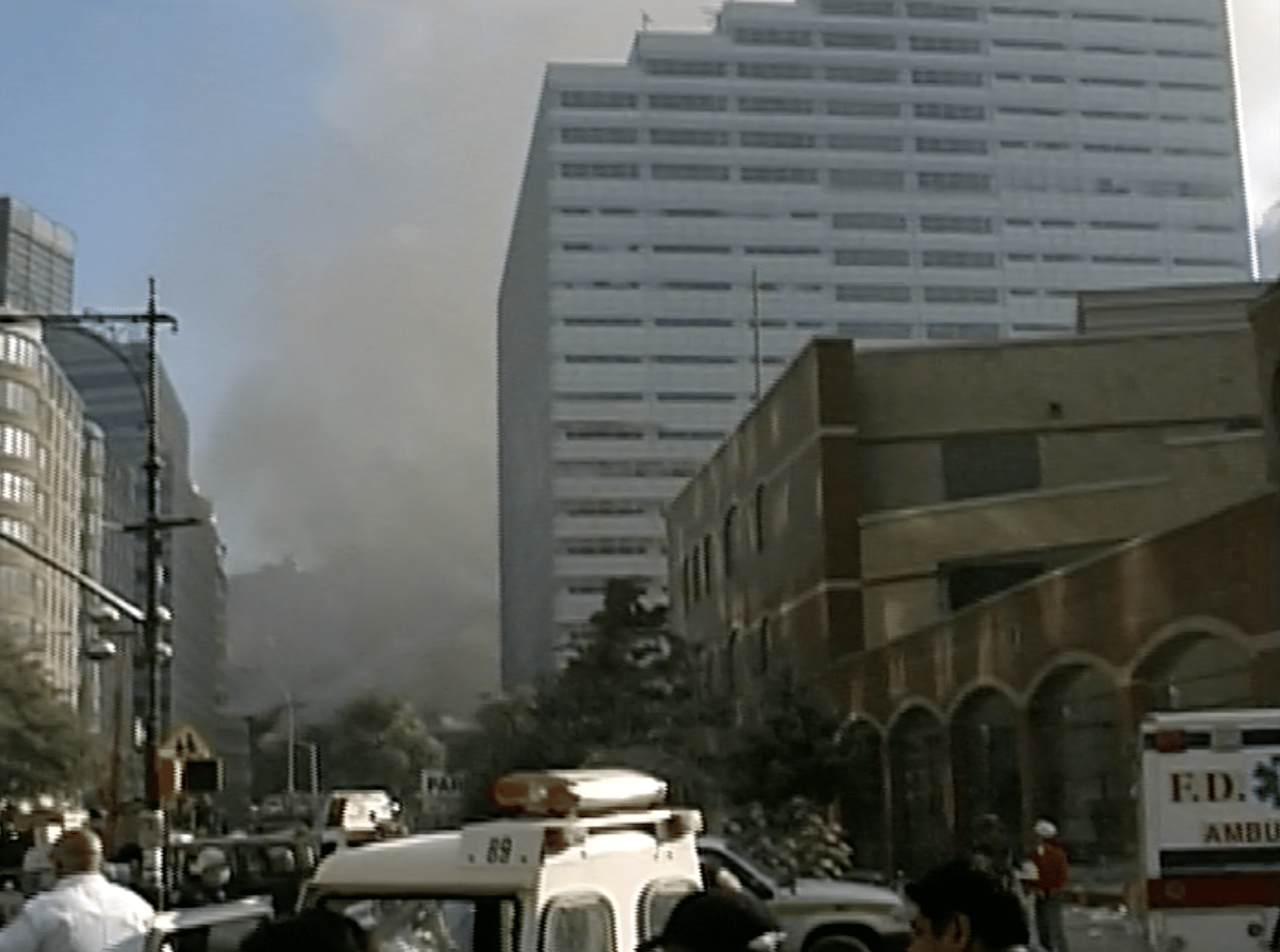
All around us, men and women watched with their hands on their mouths and tears in their eyes. We all felt, I believe, some mixture of anger and dread. We had watched people die whose only sin was to go to work that morning. We were alive. What would happen next? What of our city? What of our lives?
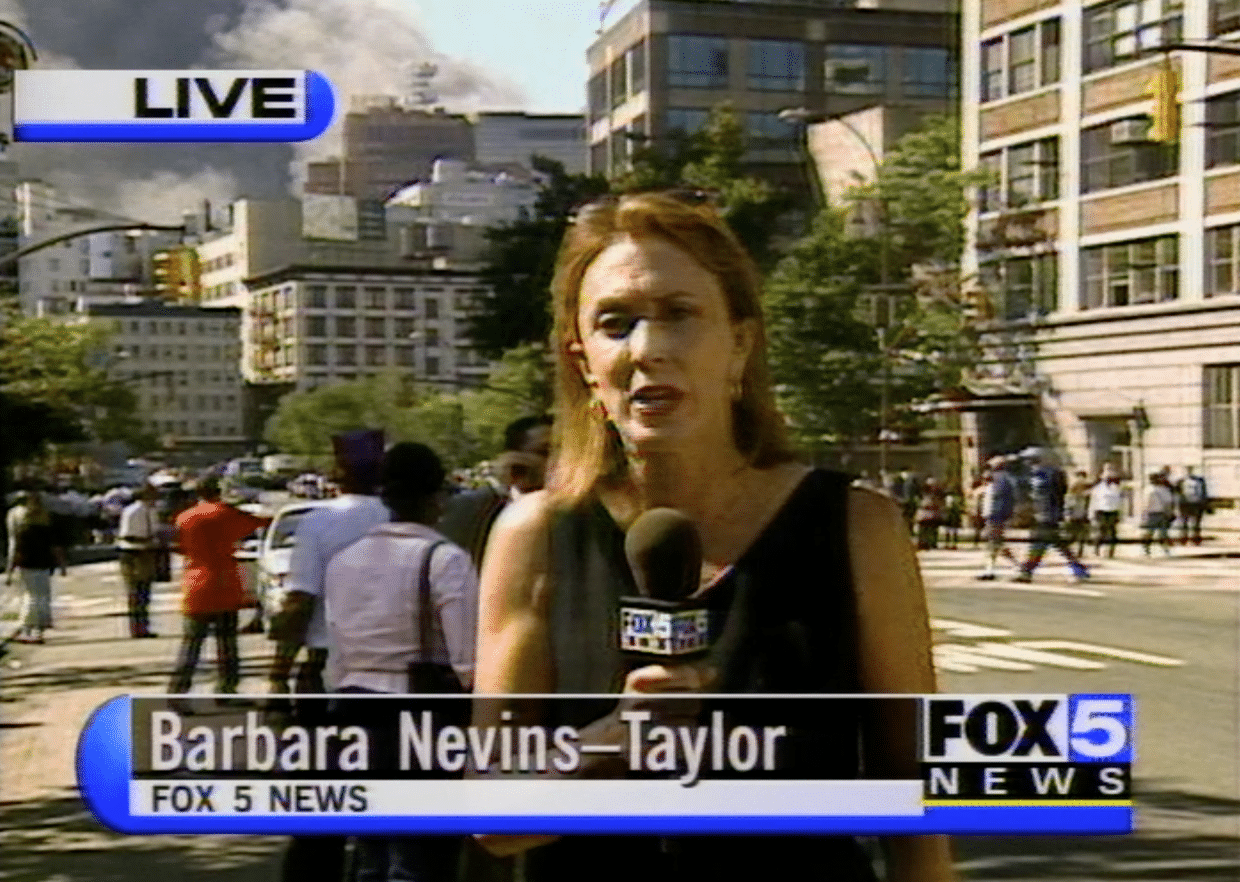
Barbara joined a TV truck from Fox 5, WNYW, her channel’s sister station, at Broome Street and immediately took a microphone and went to work. I went home and watched TV coverage that showed the destruction over and over, here, at the Pentagon, and in a Pennsylvania field where airplane passengers had taken the plane back from highjackers and crashed it.
In the days to come, we lived in isolation south of 14th Street for some time. Barbara walked to Christopher Street and the West Side Highway every morning, where all the TV trucks were lined up along what came to be known as Point Thank You. Volunteers from all over the country passed the trucks as they walked south. They came to help clear rubble or deliver water and food to the workers at Ground Zero. They brought their rescue dogs, but there were no survivors to be rescued.
9/11 twenty years later. These days in New York are a lot like THAT day — cloudless blue skies, the first touch of fall in the air. Memorial pools now occupy the footprints of the towers. Water pours down their sides and disappears into square drains at the center. Names of the people who died, the office workers, the fire and police officers whose instincts propelled them head-first toward the danger and now away from it, those names are carved into the walls surrounding the two pools. A new tower stands defiantly against the sky.
America just this summer left Afghanistan, the country where the 9/11 hijackers were allowed to train. The rulers who allowed it are back in power. Elena Ferrante writes in My Brilliant Friend, “. . . they thought that what happened before was past and, in order to live quietly, they placed a stone on top of it . . .”
We should never forget September 11 nor, despite the memorial and the victims’ names enshrined there, should we put a stone on top of it. The future we have built in our ignorance and nonchalance doesn’t want us to live quietly. That’s the main thing we have to remember.
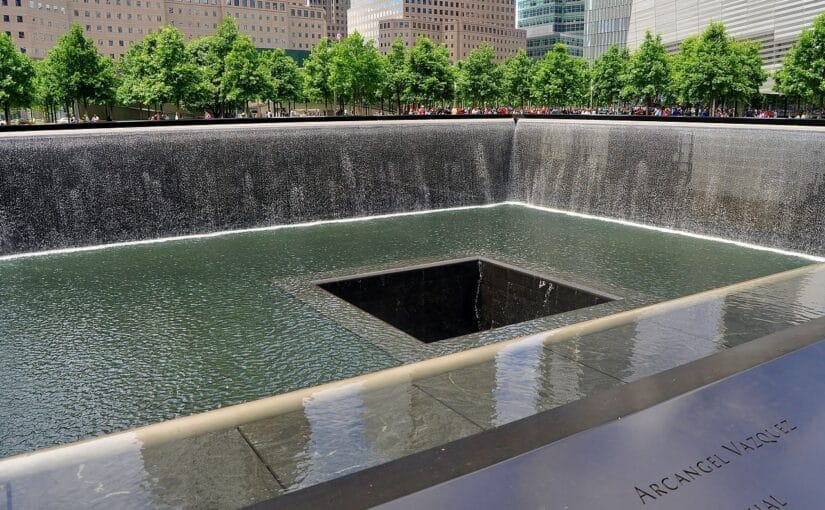
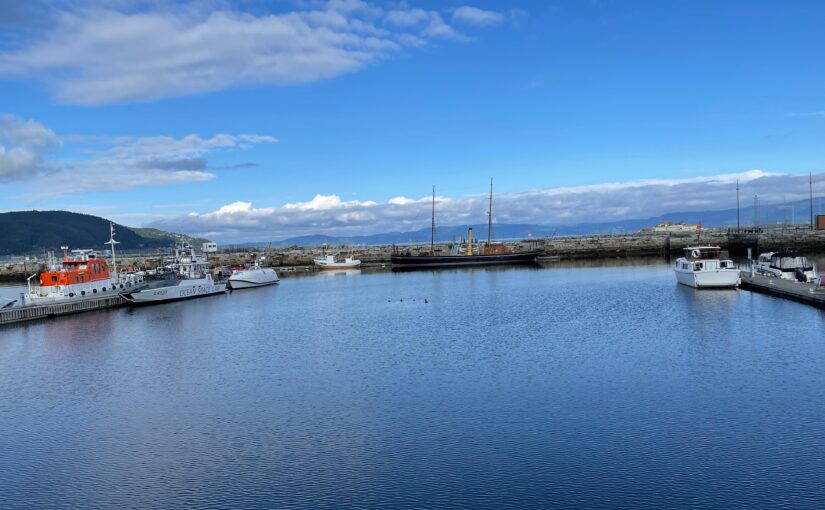
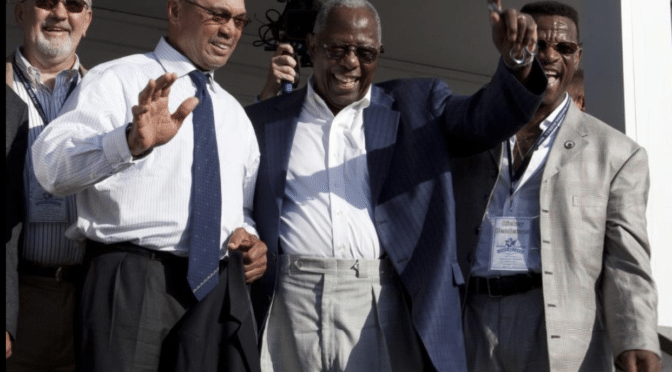
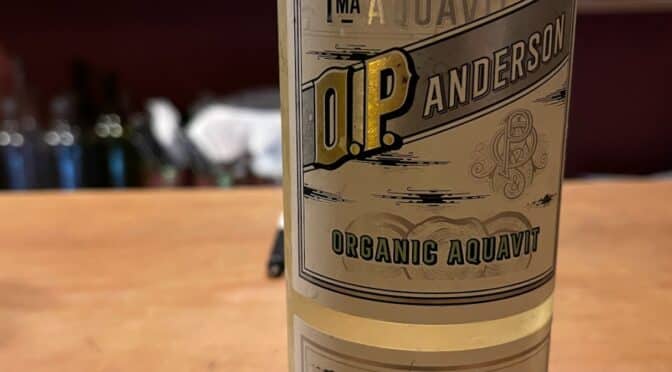
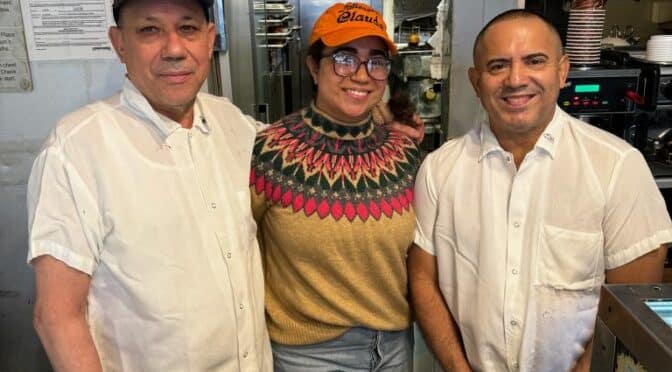
One thought on “9/11 Twenty Years Later”
Comments are closed.